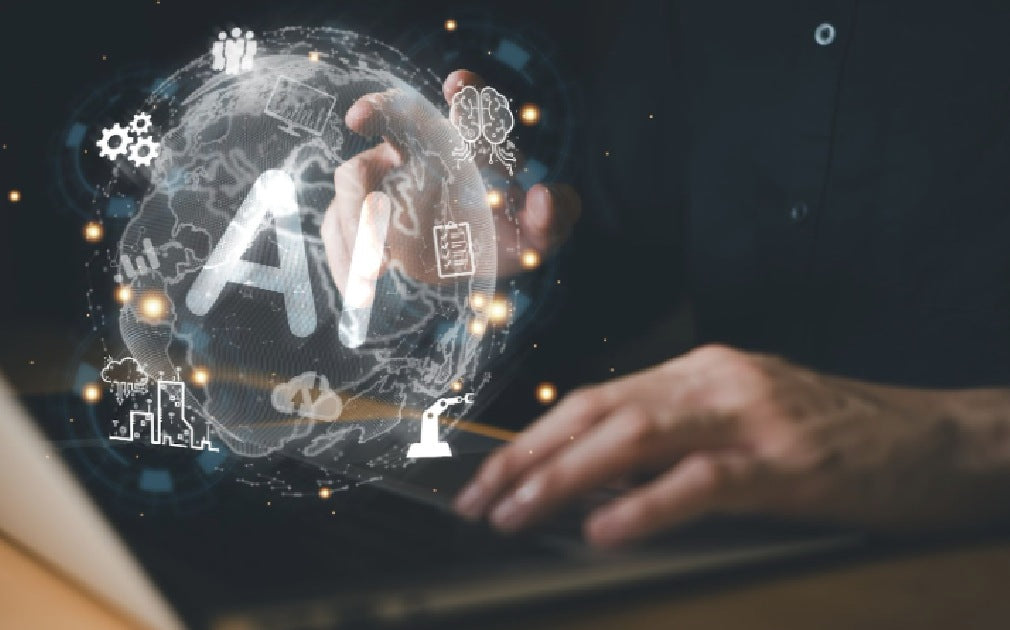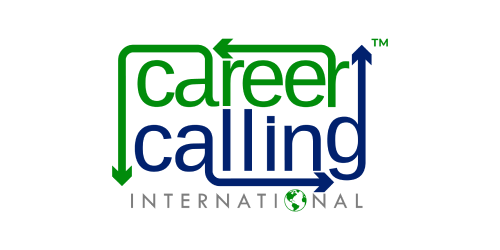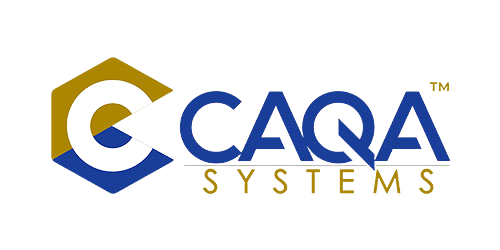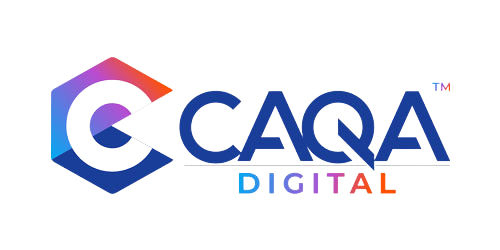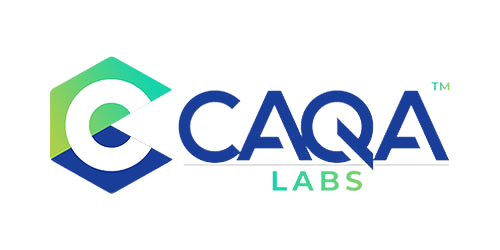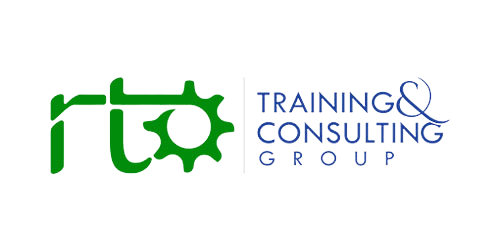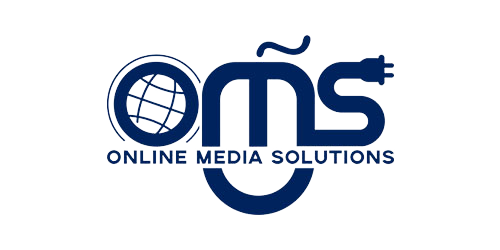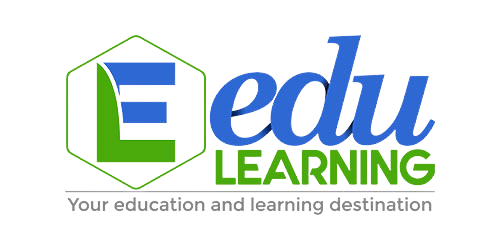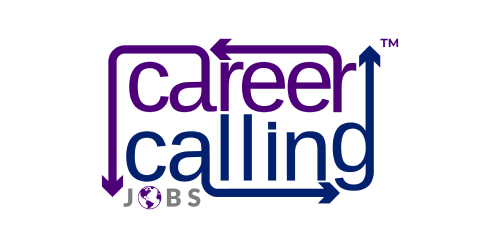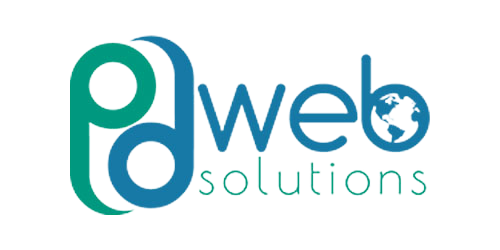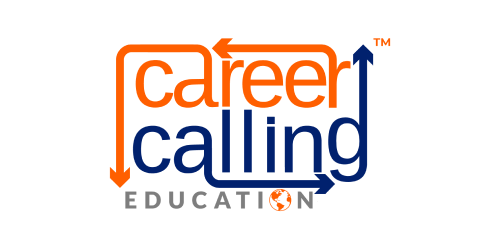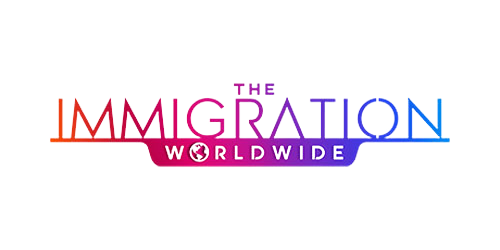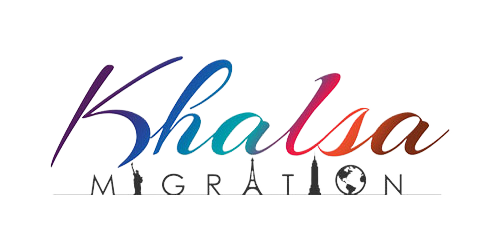For years, warnings about artificial intelligence displacing human labour were confined to artists, writers, and creative professionals. Today, those warnings have exploded into a full-blown reality that reaches into every corner of the economy. From assembly lines and hospitals to call centres, banks, farms, and classrooms, AI is rewriting the future of work with a speed that even experts did not anticipate. The shift is not just about technological progress—it is about the erosion of livelihoods, the sidelining of human expertise, and the disruption of entire industries.
The Global Impact of AI on Jobs
The World Economic Forum estimates that by 2025, 85 million jobs worldwide could be displaced by automation and artificial intelligence. Already, more than 2.7 million manufacturing jobs in the United States have been automated away since the turn of the century, a trend mirrored in other advanced economies. Robots and intelligent systems are replacing entire assembly lines, and “cobots” are predicted to grow into a $23 billion market by 2030.
In customer service, AI chatbots now handle 70 per cent of interactions globally, leaving call centre workers—particularly in India and the Philippines—facing an uncertain future. Oxford Economics projects that 1.3 million call centre jobs in India alone are at risk by 2030. Similarly, the finance sector is undergoing rapid automation: JPMorgan’s AI tools can analyse over 12,000 loan contracts in seconds, a task that previously consumed 360,000 hours of human effort each year. Across risk analysis, compliance monitoring, trading, and accounting, an estimated 40 per cent of finance tasks are now automatable.
Healthcare, long thought immune to automation, is also being reshaped. AI diagnostic systems can outperform radiologists in reading X-rays and detecting breast cancer, with accuracy rates reaching 97 per cent. By 2030, AI in healthcare could deliver annual savings of $150 billion globally through efficiencies and preventive care. While this has clear benefits for patients and healthcare systems, it also reconfigures the roles of medical staff, shifting expertise toward machine collaboration rather than independent human judgment.
Transport and logistics are no safer. Autonomous trucking could displace up to half a million U.S. jobs in the next decade, while warehouse automation has already cut human labour needs by up to 40 per cent in major logistics hubs. Even agriculture—once seen as labour-intensive and safe from AI disruption—is embracing precision farming technologies that boost yields but reduce the need for seasonal field workers.
No sector is immune. Retail, law, education, hospitality, and even government are seeing tasks once considered human-only increasingly mediated by AI. The result is a fundamental rebalancing of labour markets that will test governments, training systems, and societies alike.
The Human Cost Behind the Numbers
Each statistic represents more than a displaced worker; it represents a family under strain, a community in flux, and an individual whose skills are suddenly undervalued. Automation’s efficiency may cut costs for companies, but it also erodes the stability of professions that once offered decades of reliable employment. In sectors like finance or law, where professional identity and expertise have been nurtured over years of study and practice, the psychological impact of automation is profound.
Beyond job losses, there is the question of meaning. Work is not simply a paycheck—it is a source of purpose, dignity, and community connection. When machines displace humans without strategies to reskill, redeploy, or protect workers, the social cost may outweigh the economic benefits.
Shadow AI: The Invisible Disruption
One of the most under-discussed trends is “shadow AI”: employees using AI tools without organisational approval or governance. While seemingly harmless, this creates major risks. Workers may unknowingly leak confidential data into generative AI platforms, compromise intellectual property, or expose consumer information to offshore servers. In industries like finance, healthcare, or government, such breaches are not simply technical oversights—they are matters of legal liability and public trust.
Shadow AI also highlights another reality: Australians are already using AI, whether organisations are prepared or not. The slow pace of structured AI adoption across SMEs and not-for-profits means these sectors are particularly vulnerable, caught between pressure to innovate and a lack of governance skills to do so responsibly.
The Question of Human Value
The great question AI raises is not whether industries can automate—it is whether they should. What is lost when human emotion, judgment, and empathy are replaced by algorithms optimised for speed and efficiency? A chatbot can resolve a customer complaint, but it cannot offer genuine care. An algorithm can allocate shifts, but it cannot weigh the human realities of fatigue, family, or aspiration. A diagnostic system may outperform doctors in accuracy, but it cannot hold a patient’s hand in moments of fear.
This is the essence of the AI dilemma: the more we replace human input with machine efficiency, the more we risk hollowing out the human dimension that gives industries, communities, and societies their meaning.
A Call for Responsible AI
Australia now faces a stark choice: allow AI to transform industries unchecked, or demand responsible, ethical development and use of these technologies. This means prioritising fairness, transparency, accountability, and contestability in every AI system deployed. It means building governance frameworks that ensure data sovereignty, prevent bias, and protect vulnerable populations. And it means recognising that AI policy cannot be left to market forces alone—government, industry, educators, and communities must collaborate to set the guardrails.
The Governance Institute of Australia has emphasised a human-centric approach to AI governance, but leadership must extend beyond advisory panels. Investment in AI literacy across the workforce, from directors and executives to frontline workers, is urgent. Vocational education and training providers, including TAFE and RTOs, have a critical role to play in bridging this skills gap. AI literacy must become a baseline competency, just as digital literacy did a decade ago.
Balancing Innovation with Protection
None of this is an argument against AI. On the contrary, AI has extraordinary potential to boost Australia’s productivity, unlock new industries, and solve complex social challenges. McKinsey estimates AI could add $115 billion annually to Australia’s economy by 2030. Precision farming, sustainable energy modelling, medical breakthroughs, and adaptive learning systems could enrich society in ways unimaginable even five years ago.
But without clear protections for workers, transparency in deployment, and meaningful retraining pathways, the gains will be unequally distributed, deepening inequality and fuelling social unrest. If AI is to truly serve society, then human dignity must remain the compass guiding its adoption.
Conclusion: A Wake-Up Call for All
What once felt like science fiction is now a daily business practice. AI is not arriving; it is already here. The jobs lost in manufacturing, call centres, finance, logistics, and healthcare are not isolated incidents—they are previews of a systemic transformation. The question now is who will stand up for human values. Will we treat people as disposable costs in a race for efficiency, or will we design systems that respect, protect, and empower human skills alongside AI innovation?
This is not a debate for the future. It is the challenge of our present. Unless we act decisively to demand responsible AI, enforce ethical standards, and invest in human skills, we risk creating a world where efficiency replaces empathy, algorithms replace judgment, and progress erases meaning.
The wake-up call has sounded. The choice is ours.


